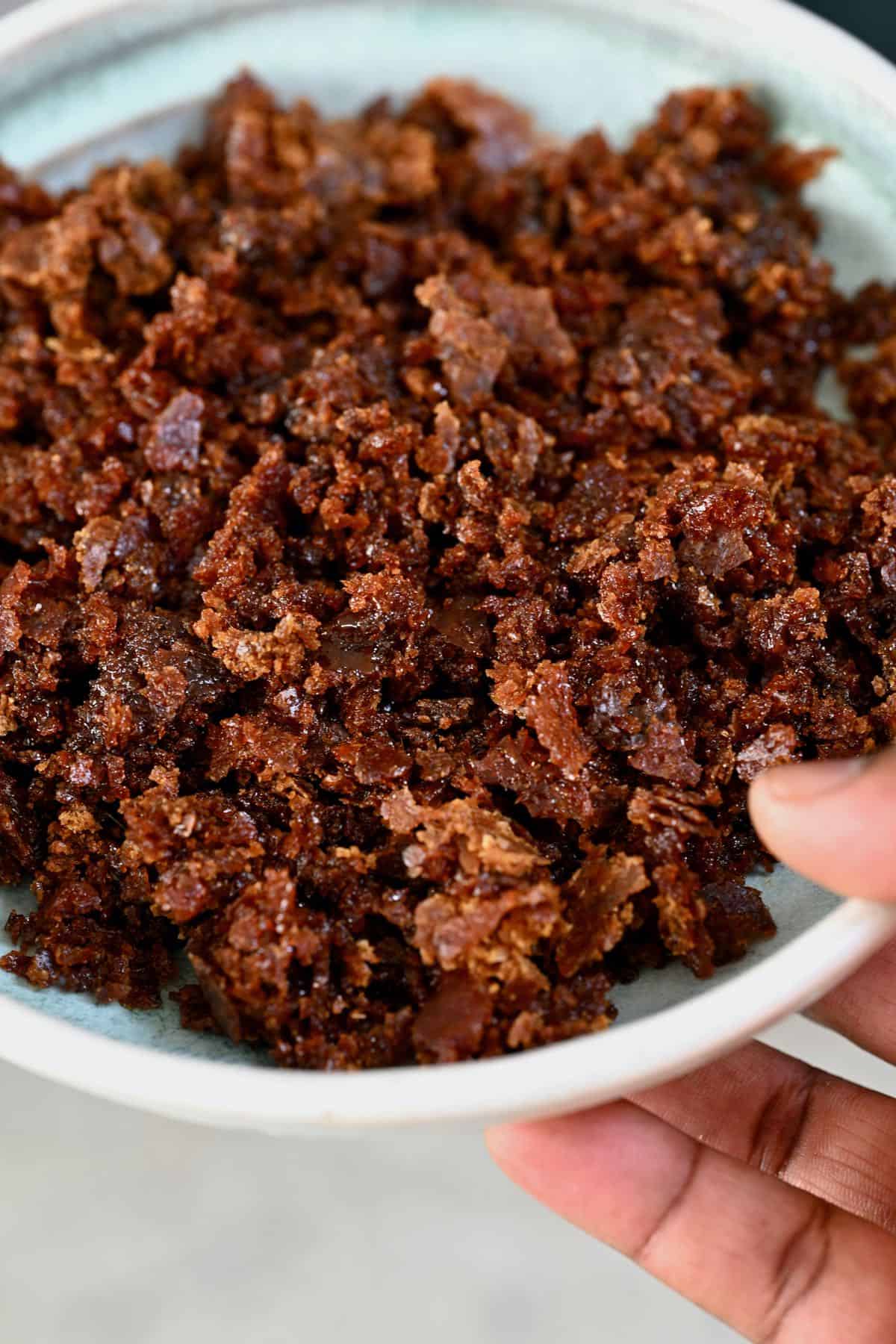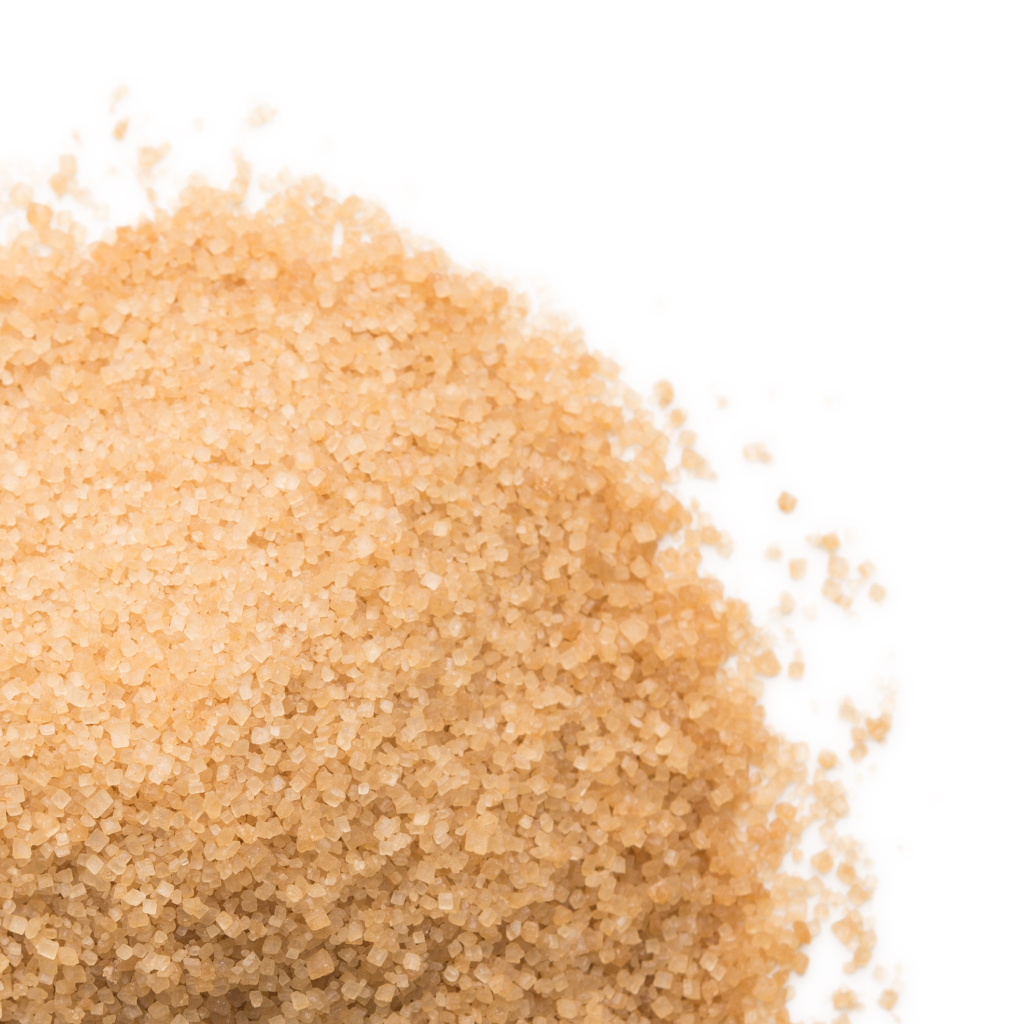Recognizing Cane Sugar Processing: A Comprehensive Introduction of the Stages
Recognizing Cane Sugar Processing: A Comprehensive Introduction of the Stages
Blog Article
A Thorough Guide to the Ecological Influence and Sustainability Practices in Cane Sugar Handling
The environmental influence of cane sugar processing offers a complex array of challenges that warrant mindful examination. From dirt degradation and excessive water usage to the carbon impact connected with growing and production, the repercussions of conventional practices are far-ranging. What certain methods can be executed to strike an equilibrium between performance and environmental stewardship?
Summary of Walking Stick Sugar Handling
Walking cane sugar handling entails a collection of organized actions that change sugarcane right into polished sugar. Originally, collected sugarcane is transported to refining centers, where it undergoes cleaning to remove dirt and particles. Following this, the walking stick is crushed to draw out juice, which is after that clarified by removing impurities through heating and the addition of lime.
The made clear juice undertakes evaporation, where water is eliminated to concentrate the sugar web content. This concentrated syrup is after that crystallized with air conditioning, allowing sugar crystals to form. These crystals are divided from the continuing to be syrup making use of centrifugation, resulting in raw sugar. To achieve polished sugar, the raw product undertakes more filtration processes, which may include filtering system and washing to eliminate continuing to be pollutants and color.
The end product is then dried and packaged for distribution. Throughout this whole procedure, preserving effectiveness and top quality control is important to ensure the sugar fulfills industry criteria. Each action in walking cane sugar handling not only adds to the last item however also has ramifications for source usage and waste generation, setting the stage for conversations on sustainability and environmental influences linked with sugar production.
Ecological Obstacles of Manufacturing
The manufacturing of walking stick sugar presents a number of substantial ecological difficulties that warrant focus. One key concern is the considerable use agrochemicals, consisting of pesticides and plant foods, which can cause dirt destruction, biodiversity loss, and contamination of neighborhood water resources. The drainage from sugarcane fields often lugs these chemicals right into neighboring communities, interrupting aquatic life and influencing the wellness of areas reliant on these water bodies.
An additional challenge is the high power consumption related to sugarcane processing. The boiling and refining phases require significant heat, largely produced by melting nonrenewable fuel sources, adding to greenhouse gas discharges. Additionally, the large land area needed for sugarcane cultivation can lead to deforestation and environment destruction, further worsening environment modification and threatening wild animals.
Moreover, the labor methods in some areas raise honest worries, as employees may face inadequate working problems and inadequate wages. This situation frequently continues a cycle of hardship in neighborhood neighborhoods. Cane Sugar Processing. Addressing these environmental difficulties is important for establishing a lot more sustainable practices in walking cane sugar manufacturing, eventually profiting both the environment and the neighborhoods associated with this sector
Water and Land Usage Impact
Water sources and land application are essential elements in the walking stick sugar sector that substantially influence the setting. The farming of sugarcane requires substantial water input, with estimates recommending that it can eat approximately 2,000 litres of water per her comment is here kilo of sugar created. This extensive use water usually leads to deficiency of local water sources, influencing not just the sugarcane ranches however also bordering ecological communities and neighborhoods that depend on the exact same water resources for agriculture and residential use.

Moreover, land usage for sugarcane farming can lead to logging and the conversion of all-natural habitats right into monoculture ranches. This practice lessens biodiversity, interrupts neighborhood environments, and contributes to soil degradation. The development of sugarcane fields usually intrudes on beneficial farming land, developing competition for resources between food and biofuel production.
Lasting practices, such as maximizing watering techniques and applying crop turning, are important to minimize these impacts. By taking on more effective water use and land administration techniques, the cane sugar industry can reduce its eco-friendly impact, ensuring a balance in between agricultural productivity and environmental conservation.
Greenhouse Gas Emissions
Greenhouse gas emissions stand for a significant environmental worry within the walking cane sugar handling sector, specifically as farming practices expand to meet global demand. The cultivation of sugarcane, a crop that thrives in exotic environments, relies greatly on synthetic plant foods and pesticides, which add to laughing gas emissions. Additionally, land-use adjustments, including deforestation for new sugarcane vineyards, launch carbon dioxide kept in greenery and soil.
During processing, power usage is one more major resource of greenhouse gas discharges - Cane Sugar Processing. Numerous sugar mills utilize fossil gas to power equipment and generate warmth, leading to significant carbon impacts. In addition, the transport of raw sugarcane and finished items adds layers of emissions via gas combustion in lorries
This entails assessing existing agricultural practices, refining approaches, and transportation systems to determine locations for improvement and reduction. Resolving greenhouse gas emissions is necessary for fostering a much more lasting walking cane sugar industry in an altering environment.

Lasting Practices and Innovations
Sustainable practices and innovations are significantly essential in the walking cane sugar processing industry as stakeholders look index for to decrease ecological effects while maintaining performance. One considerable advancement is the application of integrated plant management, which maximizes resource usage by combining dirt management, parasite control, and crop turning techniques. This technique improves return while reducing chemical inputs and maintaining dirt health.
In addition, the adoption of eco-friendly energy resources, such as biomass from sugarcane residues, has actually gained grip visit their website - Cane Sugar Processing. By converting waste products right into energy, refining facilities can reduce their dependence on nonrenewable fuel sources, thereby reducing greenhouse gas exhausts
Water management methods have actually also seen enhancements via the recycling and reusing of water in handling plants, considerably minimizing freshwater intake. Developments in modern technology, such as accuracy agriculture, enable farmers to keep an eye on plant wellness and resource usage much more properly, ensuring sustainable growing techniques.
Furthermore, certification programs like Fair Trade and Jungle Partnership encourage environmentally responsible farming practices and promote social equity within the supply chain. By embracing these sustainable practices and advancements, the walking stick sugar handling market can improve its strength and add positively to environmental stewardship.
Final Thought
The environmental effect of cane sugar processing presents significant challenges, consisting of dirt destruction, high water usage, and greenhouse gas discharges, together with ethical concerns associated with labor techniques. Attending to these issues through sustainable practices, such as integrated plant monitoring, renewable resource adoption, and water recycling, is necessary. By advertising ecologically liable and socially equitable techniques in sugar manufacturing, the industry can alleviate its negative impacts, guaranteeing a more lasting future for both communities and ecosystems associated with this market.
Cane sugar handling includes a collection of methodical steps that change sugarcane into polished sugar. Each step in walking cane sugar processing not just contributes to the last product but likewise has implications for source use and waste generation, establishing the stage for conversations on sustainability and environmental influences associated with sugar manufacturing.
Greenhouse gas emissions stand for a significant ecological issue within the walking cane sugar processing sector, especially as agricultural methods expand to satisfy global need.Sustainable methods and innovations are significantly important in the walking cane sugar processing market as stakeholders look for to decrease ecological impacts while preserving performance.The environmental influence of cane sugar handling offers significant difficulties, consisting of soil degradation, high water usage, and greenhouse gas emissions, together with moral problems connected to labor practices.
Report this page